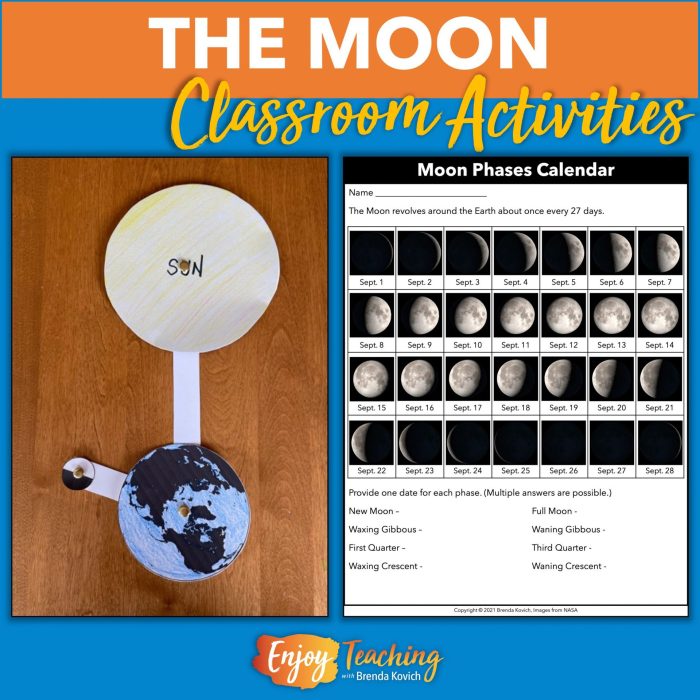Moon phases eclipses and tides reading comprehension questions – Embark on a captivating exploration of moon phases, eclipses, and tides as we delve into their intricate workings, unraveling the mysteries that govern these celestial phenomena. This comprehensive guide will equip you with a profound understanding of these captivating topics, empowering you to navigate the complexities of our dynamic solar system.
Our journey begins with an examination of the moon’s ever-changing phases, tracing its cyclical dance around Earth. We will uncover the secrets of solar and lunar eclipses, deciphering the celestial alignments that give rise to these awe-inspiring events. Finally, we will explore the rhythmic rise and fall of tides, revealing the gravitational forces that orchestrate their mesmerizing patterns.
Moon Phases: Moon Phases Eclipses And Tides Reading Comprehension Questions

The Moon’s appearance changes throughout the month due to its changing position relative to the Sun and Earth. These changes are known as moon phases. The most common phases are:
- New Moon:When the Moon is between the Sun and Earth, its dark side faces Earth, making it invisible.
- Waxing Crescent:The Moon begins to emerge as a thin, crescent-shaped sliver.
- First Quarter:Half of the Moon is illuminated, forming a quarter circle.
- Waxing Gibbous:The Moon appears more than half illuminated, growing towards a full circle.
- Full Moon:The entire face of the Moon is illuminated, appearing as a complete circle.
- Waning Gibbous:The Moon gradually loses its illumination, becoming more than half illuminated.
- Third Quarter:Half of the Moon is illuminated, again forming a quarter circle.
- Waning Crescent:The Moon appears as a thin, crescent-shaped sliver, shrinking towards a new moon.
The cycle of the Moon from one new moon to the next takes approximately 29.5 days. Moon phases have been used for centuries to mark time, plan agricultural activities, and guide religious practices.
Eclipses, Moon phases eclipses and tides reading comprehension questions
An eclipse occurs when one celestial body (the Moon or Earth) passes into the shadow of another.
Solar Eclipses
A solar eclipse occurs when the Moon passes between the Sun and Earth, blocking the Sun’s light from reaching Earth. This can only happen during a new moon phase.
Lunar Eclipses
A lunar eclipse occurs when the Earth passes between the Sun and Moon, casting a shadow on the Moon. This can only happen during a full moon phase.
Types of Eclipses
- Total Eclipse:The celestial body is completely hidden by the shadow.
- Partial Eclipse:Only part of the celestial body is hidden by the shadow.
- Annular Eclipse:The celestial body is completely hidden by the shadow, but a ring of light remains visible around it.
- Penumbral Eclipse:The celestial body passes through the penumbra (partial shadow) of the other body, resulting in a slight dimming.
Tides
Tides are the periodic rise and fall of sea levels caused by the gravitational pull of the Moon and Sun.
Causes of Tides
The Moon’s gravitational pull creates a bulge in the Earth’s oceans. As the Earth rotates, this bulge moves around the planet, causing tides. The Sun’s gravitational pull also contributes to tides, but its effect is less than the Moon’s.
Types of Tides
- Semi-Diurnal Tides:Two high tides and two low tides occur each day.
- Mixed Tides:Two high tides and two low tides occur each day, but they are of different heights.
- Diurnal Tides:Only one high tide and one low tide occur each day.
Impact of Tides
Tides have a significant impact on coastal environments, including:
- Erosion and Deposition:Tides can erode beaches and cliffs, and deposit sediment to create new landforms.
- Marine Life:Tides influence the distribution and abundance of marine organisms, which rely on the changing water levels for feeding, breeding, and shelter.
- Navigation:Tides can affect the depth of water, which can impact navigation for ships and boats.
FAQ Guide
What causes the moon to go through different phases?
The moon’s phases are a result of the changing angles at which sunlight strikes the moon as it orbits Earth.
What is the difference between a solar and a lunar eclipse?
A solar eclipse occurs when the moon passes between Earth and the sun, blocking the sun’s light. A lunar eclipse occurs when Earth passes between the sun and the moon, casting a shadow on the moon.
What are the different types of tides?
There are two main types of tides: spring tides and neap tides. Spring tides occur when the moon and sun are aligned with Earth, resulting in higher high tides and lower low tides. Neap tides occur when the moon and sun are at right angles to Earth, resulting in lower high tides and higher low tides.

